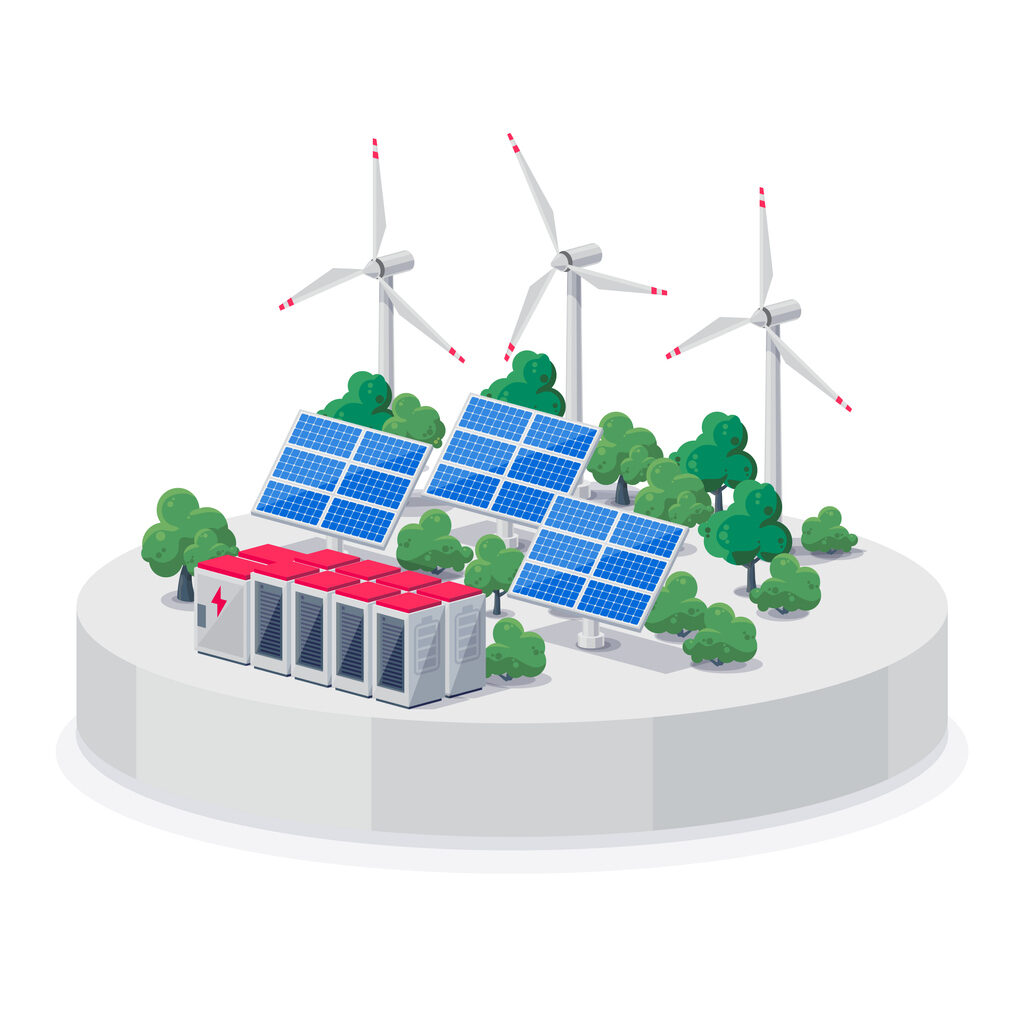Advancements in technology are helping to drive the growth of renewable energy sources and uses in developing countries across the world. According to the International Energy Agency, almost 775 million people around the world lack access to electricity. As developing countries strive to make electricity more accessible, they are turning to more sustainable energy solutions. Take a look below at some of the main ways developing countries are being able to use renewable energy sources through innovative technologies:
Off-grid Solutions
According to World Bank’s Off-Grid Solar Market Trends Report 2022, the total off-grid solar market was valued at an estimated 2.8 billion dollars annually in 2021. There are various areas around the world that are so remote that it would be impossible to connect them to the grid. However, thanks to technology more cities and buildings are becoming interconnected with the grid. With advancements in solar and battery technology, off-grid solutions such as solar home kits and mini-grids are becoming more and more popular in developing countries.

These off-grid solutions are improving quality of life in poorer countries, powering TVs, fans, fridges and even lighting up streets. This is especially true in sub-Saharan Africa, where the off-grid solar market has seen exponential growth over the last decade. A solar home kit consists of a solar panel, a battery for energy storage and energy-efficient LED light bulbs. Greenlight Planet has installed over 300,000 solar home kits in Tanzania, providing electricity to 1.5 million people. The kits are affordable, thanks to staggered payments and are a lot kinder to the planet than traditional methods.
Smart Grids
In a typical electric grid, there is a centralised model with a one-way flow of electricity. A smart grid converts a grid into a two-way communication between suppliers and consumers by incorporating advanced technologies. This improves efficiency, reliability and sustainability of electricity consumption.
As most developing countries still have largely undeveloped grid networks, there’s a possibility for them to ‘leapfrog’ in terms of technical development and adopt smart grids, with no existing power grids to modify. Smart grids allow for real-time monitoring of energy consumption, reducing waste and boosting efficiency. What’s more, smart grids can lower the reliance of decentralised power stations by allowing energy to be directed to areas lacking electricity. The deployment of smart grids is expected to grow significantly in the coming years – according to Globe News Wire, the global smart grid market is expected to increase to 46.65 billion dollars in 2023, a seven million dollar rise from 2022.
Mobile Money
Mobile money allows people in remote areas to store funds in digital wallets and carry out electronic transactions using mobile phones. This financial inclusion is key for people who don’t have access to banks. The money can be withdrawn via a vast network of licensed agents who earn commission for each transaction. The accounts are managed by large telecommunication companies in the respective countries, making them completely separate from pre-existing bank accounts and payments in countries with a more developed infrastructure.

The system also enables people to pay for things incrementally with small monthly payments.This allows people to invest in solar home kits to generate electricity in their homes and spread the cost. For low-income families, which are often found in developing countries, mobile money makes renewable energy much more accessible.
Energy Storage
Developing countries are seeing a huge uptake in energy storage deployment, thanks to falling battery prices and government policies. Energy storage systems allow for the standalone mini grids to be established, which are particularly essential in remote areas in developing countries where there is no access to electricity. A lot of developing countries also face challenges such as power outages and fluctuations of voltage. Energy systems provide a stable and reliable power grid solution, delivering frequency regulation and voltage control.
As renewable energy sources such as solar and wind rely on weather conditions, there can be intermittent periods of power, depending on the weather. Energy storage systems can mitigate this issue by storing excess energy in periods where renewable energy is being generated at a high level, saving it for when it’s needed in adverse weather conditions. In addition to this, they can allow developing countries to gain energy independence, by helping to generate local, sustainable energy sources, and reduce the risk of being victim of rising fuel prices from exported energy.
Remote monitoring

This refers to using technology to monitor and control energy from a centralised location. In developing countries where renewable energy installations may be in remote, hard to reach locations, remote monitoring is really valuable. It can save time, money and resources by allowing technicians to monitor the system remotely, and only visiting the site when required.
Renewable energy innovations that utilise clean energy sources that are used in developing countries, such as solar home kits or utility-scale wind farms rely on remote monitoring systems to monitor the performance, detect faults and implement timely maintenance activities. With remote monitoring systems, it means that renewable energy sources are a viable means to electricity for many remote communities in developing countries, saving a lot of money in the process.










